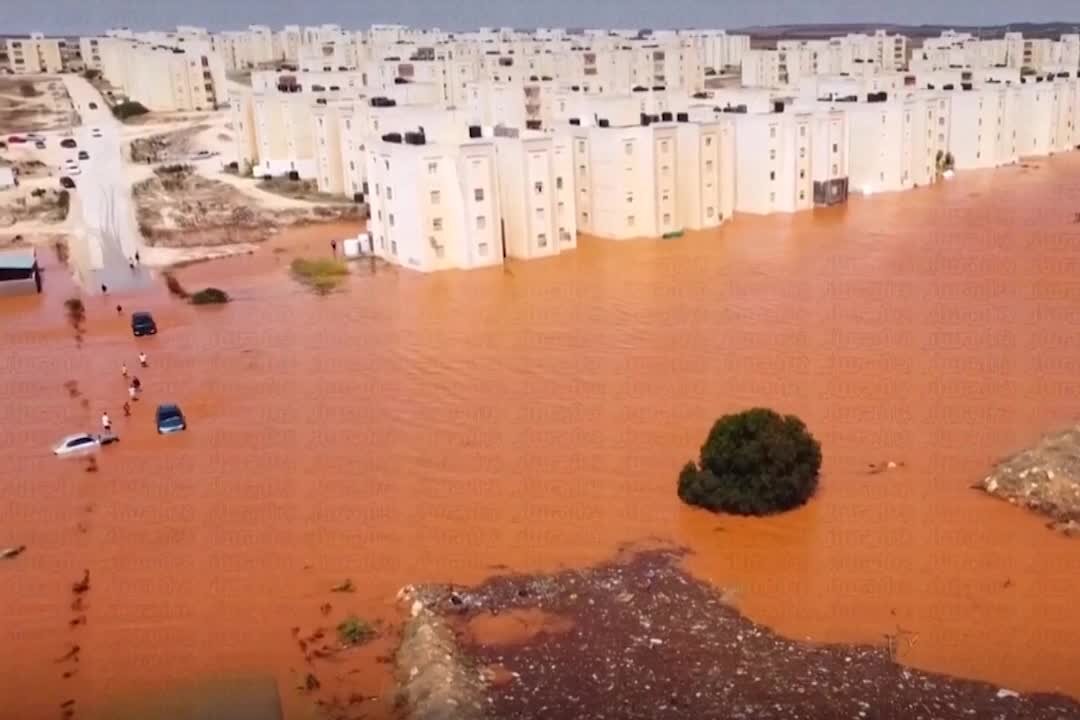The world was shocked by the devastating floods that struck the Derna region of Libya. It was a catastrophic event, reminiscent of a tsunami, and no one was prepared to handle its destructive force. Tragically, around 5,000 people faced death and too many are alive with little hope of rescue.

The catastrophe began with a whirlwind, followed by heavy rains brought on by a cyclone. It’s important to note that Libya typically experiences very little rainfall in September, so the sudden deluge of over 400 mm of rain in such a short time was highly unusual. The floodwaters surged with such ferocity that even the region’s embankments proved powerless against them.
The root causes of this disaster can be attributed to both human factors and natural circumstances. One contributing factor was the lack of advance warning systems in place. Additionally, the region’s dams were structurally weak, unable to withstand the force of the floodwaters. A stronger dam might have offered some hope, but Derna had long been neglected, and its infrastructure was ill-prepared for such an event.
The Derna region has been grappling with a series of crises in recent years, compounding the tragedy of the floods. The number of casualties continues to rise, necessitating mass graves, and hospitals, once places of healing, have been transformed into bustling marketplaces. Furthermore, conducting rescue operations in this region has proven to be an incredibly challenging task.
The Red Cross has declared that the situation in Derna is dire, and the state of emergency is expected to persist for months to come. This is not a problem that will be resolved quickly; instead, it is likely to become even more challenging as time goes on.
Leave a Reply